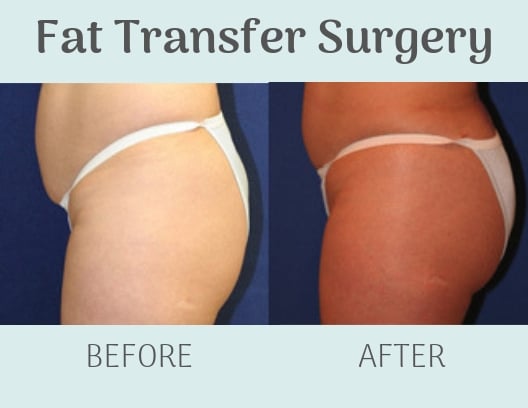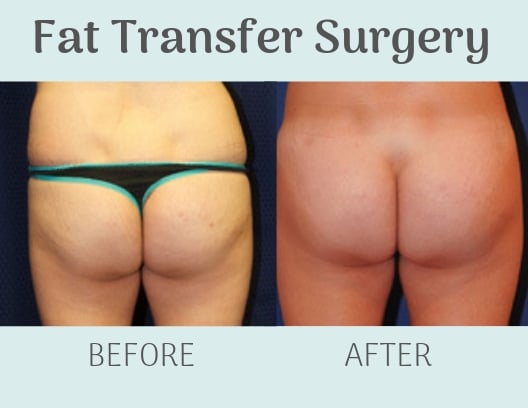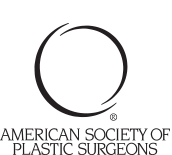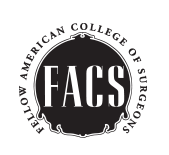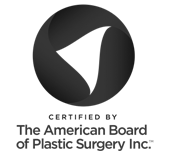Fat Transfer vs. Implants: Which Is Best for Enhancing My Face and Body?
Posted June 25, 2019 in Fat Transfer
There are many choices when it comes to cosmetic surgery and augmentation, starting with the type of material used. Several types of implants and fillers are available to help enhance your appearance, whether you want more defined cheeks, smoothed wrinkles, plump lips, or more shapely breasts and buttocks. Many are composed of synthetic materials designed to be safe, long-lasting, and with little to no side effects.
Yet many surgeons prefer to use the patient’s own fat as a safe, natural means of enhancement. Fat transfer surgery, also referred to as fat grafting, is a process in which fat is extracted from a certain area and then injected into other areas for improvement.
Fat transfer surgery can be used to enhance both the face and body and provides a wide range of benefits, all of which contribute to a rejuvenated appearance.
How Is Fat Transfer Done?
This procedure involves a limited amount of micro-liposuction to remove fat from an unwanted area that will then be used for enhancement. This is done in Dr. Taylor’s office operating room under local anesthesia or mild sedation.
In order to attain the purest liquid fat possible, the material obtained during liposuction is purified and washed before being concentrated in a centrifuge. The fat is then carefully injected into the desired areas.
What Does Fat Transfer Do?
Fat transfer surgery can be used to enhance both the face and body. Fat transfer surgery can help correct:
- Sunken cheekbones
- Deep grooves, lines, or other facial irregularities
- Creases and wrinkles
- Scars from acne or other skin conditions
Fat transfer surgery can be used for a natural form of augmentation, in place of implants or fillers. Surgeons can use fat transfer surgery for:
- Lip enhancement or lip fillers
- Cheek augmentation
- Chin augmentation
- Breast augmentation
- Buttock augmentation
Fat transfer also helps improve the shape and contour of the body. Fat is extracted from certain areas of the body, such as the abdomen, hips, buttocks, or thighs, helping to sculpt and contour those areas for an overall better appearance. Dr. Taylor will typically inject more fat than is actually needed, as some of the fat cells will not survive the transfer.
The procedure typically takes about one to two hours to complete. There will be some swelling, but it should subside in about a week. Any fat that remains after the initial loss of fat cells following the transfer is there permanently, leading to long-term enhancement.
How Do Implants Compare to Fat Transfer Surgery?
When possible, surgeons tend to prefer fat transfer surgery over implants because it uses the patient’s own tissues. There is no risk of tissue rejection when using fat transfer to enhance and augment the face and body.
However, it’s important to realize that about 25 or 30 percent of the injected fat will not survive the transfer. Dr. Taylor will need to inject more fat than is needed to make up for the expected loss during the transfer, and patients may, in some cases, need to repeat the procedure to get the results they want.
Implants are typically made of synthetic materials, such as silicone, that are durable and long-lasting. Some patients may prefer this added durability instead of dealing with the volume loss from fat transfer surgery.
Choosing the Best Option
Fat transfer is the better option for patients who are looking for a more natural means of enhancement. It is a good way to smooth body contours and also improve facial structure and skin texture, making it a great option for overall rejuvenation—without the need for synthetic materials.
Fat transfer is well-suited for augmentation, but it is important for patients to be aware of the potential for volume loss after the procedure. Patients who want dramatic enhancement or long-term results may prefer implants, which are more durable and better suited for more significant changes.
Want to learn more about fat transfer surgery? Schedule a consultation with Dr. Taylor soon by calling our offices at 626-314-6476.
